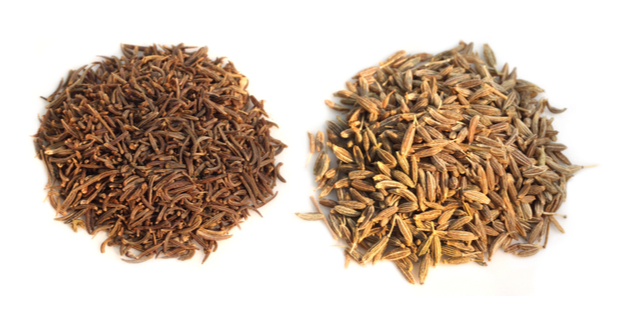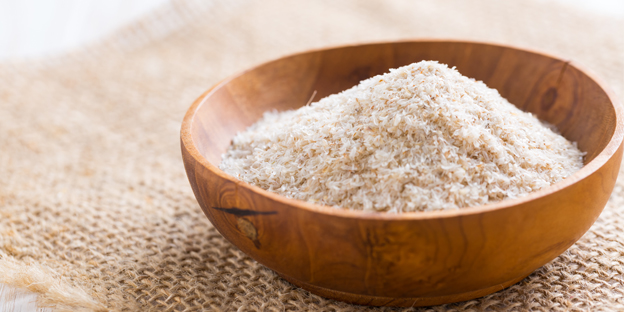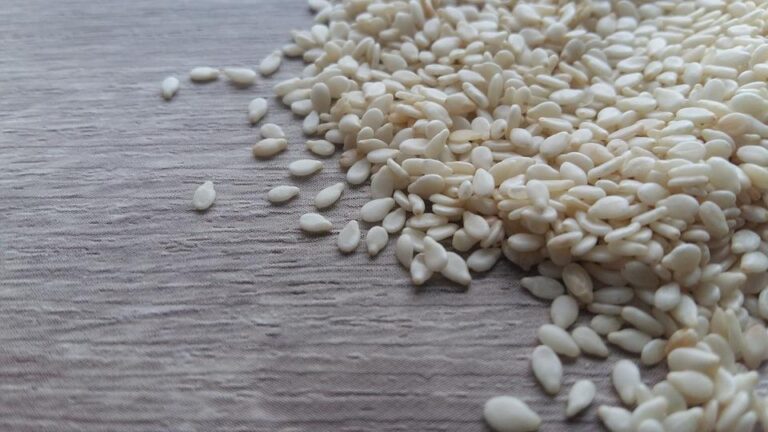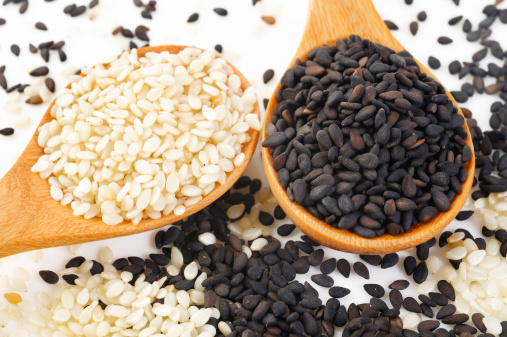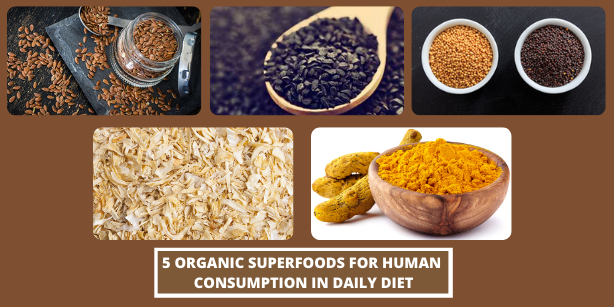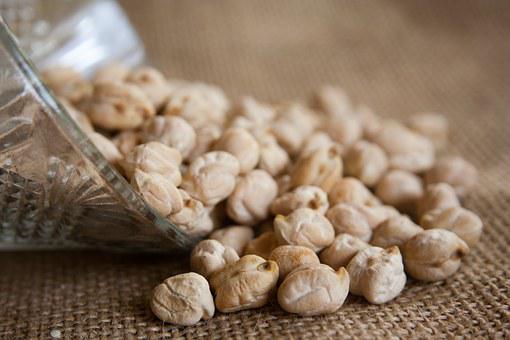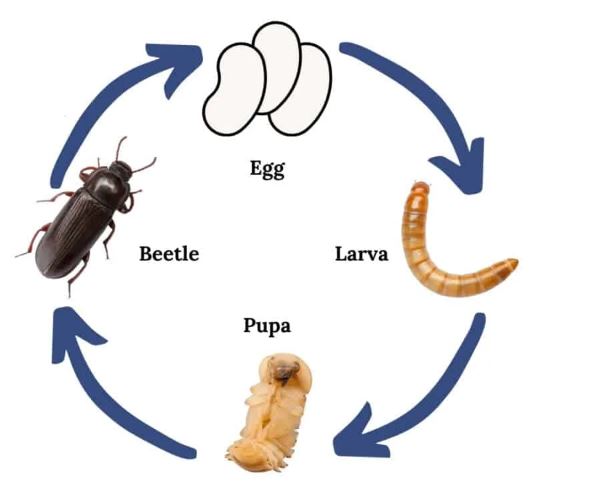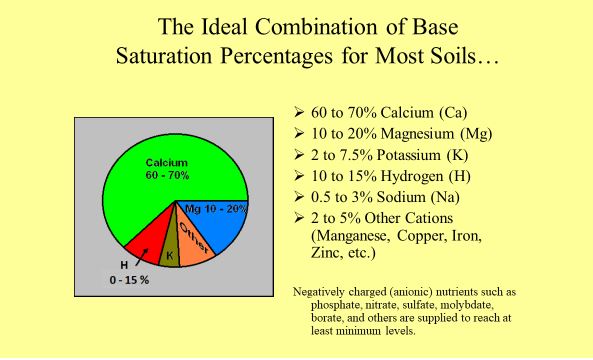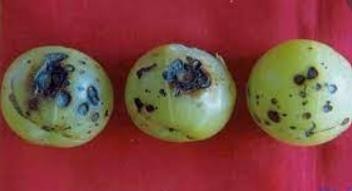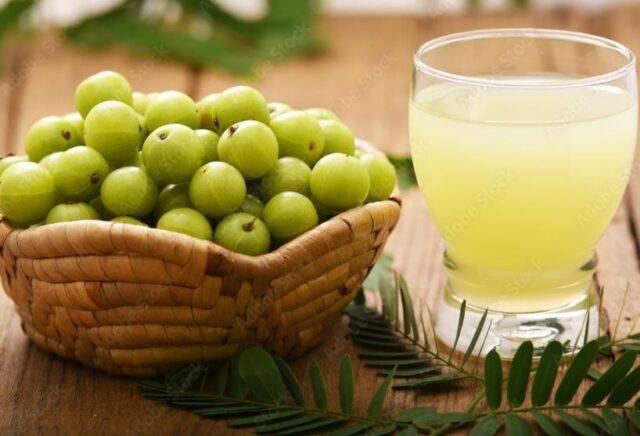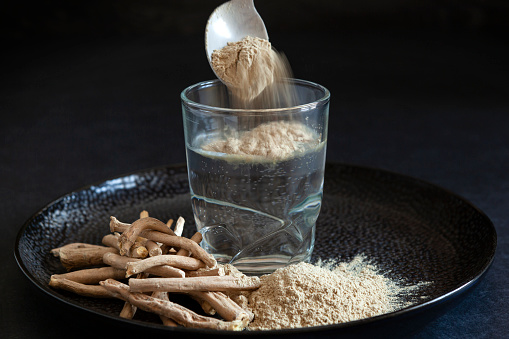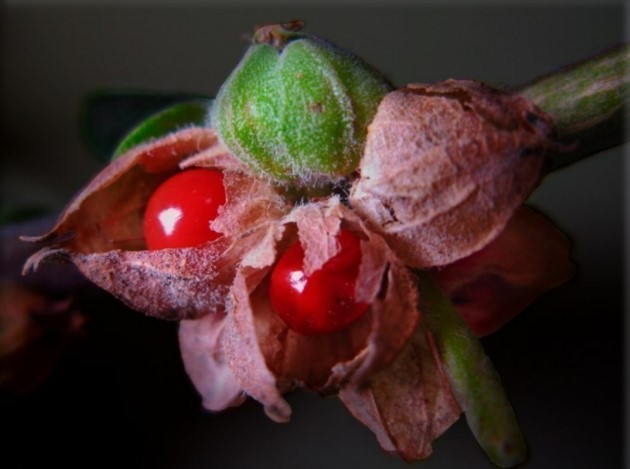Types of cumin seeds : There is a distinct flavor and essence to every spice in any cuisine. Cumin is a popular spice around the world. Cumin seeds are part of the parsley family and are commonly used in kitchens.
There are several recipes that benefit from cumin seeds’ unique flavor and aroma. There are several ways to use the seeds. In addition to seeds, you can also grind them finely or powder them. It’s okay to add a little twist to your recipe if it’s needed. Many chefs prefer roasting cumin seeds to enhance their flavors? You get a more intense flavor when you grind roasted cumin seeds.
Its versatility is also one of the reasons for its popularity. You can enhance your meal’s flavor and depth by using cumin extract or cumin powder. With a touch of citrus flavor, cumin is a warm, earthy spice.
Many people are unaware of the different types of cumin although it is widely used. Cumin seeds come in different varieties, each with its own appearance and taste. This spice can be used more effectively if you are aware of these differences!
So, let’s dive into the varieties of cumin seeds!
We will discuss these topics in this article :
Cumin seed
Cumin seeds or Shahi Jeera are bitter seeds
Seeds of black cumin
Seeds of brown cumin
Cumin seeds or Shahi Jeera are bitter seeds : The Indian culture associates this spice with Mughal cuisines and Kashmiri cuisine, as its name indicates. Cuminum nigrum or bunium persicum is the scientific name for this variety of cumin. Having a pale green to dark green color, it has an oblong shape. Spices such as this are highly flavorful and add a touch of royalty to meals as well as providing health benefits. There is no doubt that these seeds can be very beneficial when it comes to treating digestive issues, bloating, and coughing.
Seeds of black cumin: Black cumin seeds are also called Nigella Sativa of Kalaunji. In comparison to most other types, they are thinner and darker than most other types. It tastes like a combination of sweet and lemony with a hint of bitterness, similar to oregano, black pepper, and onion. A substitute for black cumin is fennel seeds. You can use black cumin to enhance the taste of any dish, whether it’s a non-vegetarian roast or stir-fried vegetables. There are many health benefits associated with this delicious and healthy spice.
Seeds of brown cumin: A lot of similarities exist between black cumin and brown cumin. The seed of this spice is larger and fatter than the seeds of black cumin, which is used in Indian, African, and Mexican cuisine. With their warm, earthy, and peppery flavors, the seeds enhance the taste of root vegetables, legumes, grains, etc.
Having knowledge of the different types of cumin seeds will help you choose the right type for your recipes. To improve your health as well as your recipes, you should obtain cumin seeds from a reputable supplier. Aarug agro products offers cumin seeds and spices. Cumin seeds grown without harmful additives are the best. An established brand like this serves a large market. Contact us today to learn more!
8 Impressive Health Benefits Of Cumin
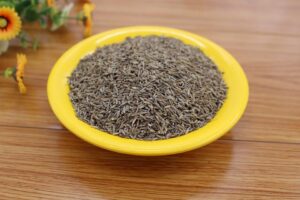
Facts about nutrition
Benefits to health :
Reduced weight
A cancer-fighting agent
Insomnia treatment
Cold and asthma relief
Better memory
Acne Treatment & Skin Soother
Digestion is promoted : A gut-friendly herb, cumin supports pancreatic enzymes, which aid in digestion. In addition to containing thymol, cumin seeds also contain essential oils that stimulate the salivary gland, which eases digestion. Drinking jeera water on an empty stomach in the morning helps people with a weak digestive system digest better and decrease flatulence. Additionally, cumin offers carminative properties, which help ease flatulence and improve digestion. When taken with hot water, essential oils, magnesium, and sodium relieve stomach aches.
Haemorrhoids are treated : In addition to being a rich source of dietary fiber, cumin has carminative, antifungal, and antimicrobial properties. In addition to acting as a natural laxative, cumin aldehyde and pyrazines in jeera relieve hemorrhoids and treat infections.
Reduced weight : Those on diets can benefit from complementary therapies, according to a study published in Complementary Therapies in Clinical Practice. In addition to helping with weight loss, cumin improves the body’s fat profile by reducing the levels of harmful lipids in the blood.
A cancer-fighting agent : The properties of cumin include detoxification and chemoprevention. Cancer Research Laboratory USA conducted research proving that cumin aldehyde prevents tumor growth.
Insomnia treatment : Cumin has hypnotic and tranquilizing properties, easing stress and anxiety, which are common causes of insomnia. The spices are likewise rich in melatonin, which regulates sleep, iron, magnesium, which also play an important role in regulating brain activity and inducing sleep.
Cold and asthma relief : Asthma and colds benefit from cumin seeds’ powerful anti-inflammatory, antibacterial and antifungal properties. The compound acts as an expectorant, loosening up the mucus and phlegm in the respiratory tracts so they can be more easily ejected. Immunity is boosted and infections are warded off with the essential oil’s disinfectant properties.
Better memory : The brain functions properly when cumin is consumed as it is packed with nutrients such as riboflavin, vitamin B6, zeaxanthin, and niacin. By nourishing the brain cells, cumin promotes better mental health and sharpens memory.
Acne Treatment & Skin Soother : In addition to its anti-inflammatory properties, cumin is also helpful for treating allergies and stings. As a result of its soothing properties, it reduces inflammation caused by allergies. Cumin’s antibacterial properties help kill bacteria on the skin and cure acne. Skin infections can be prevented by regularly washing your face with cumin water during the day.

